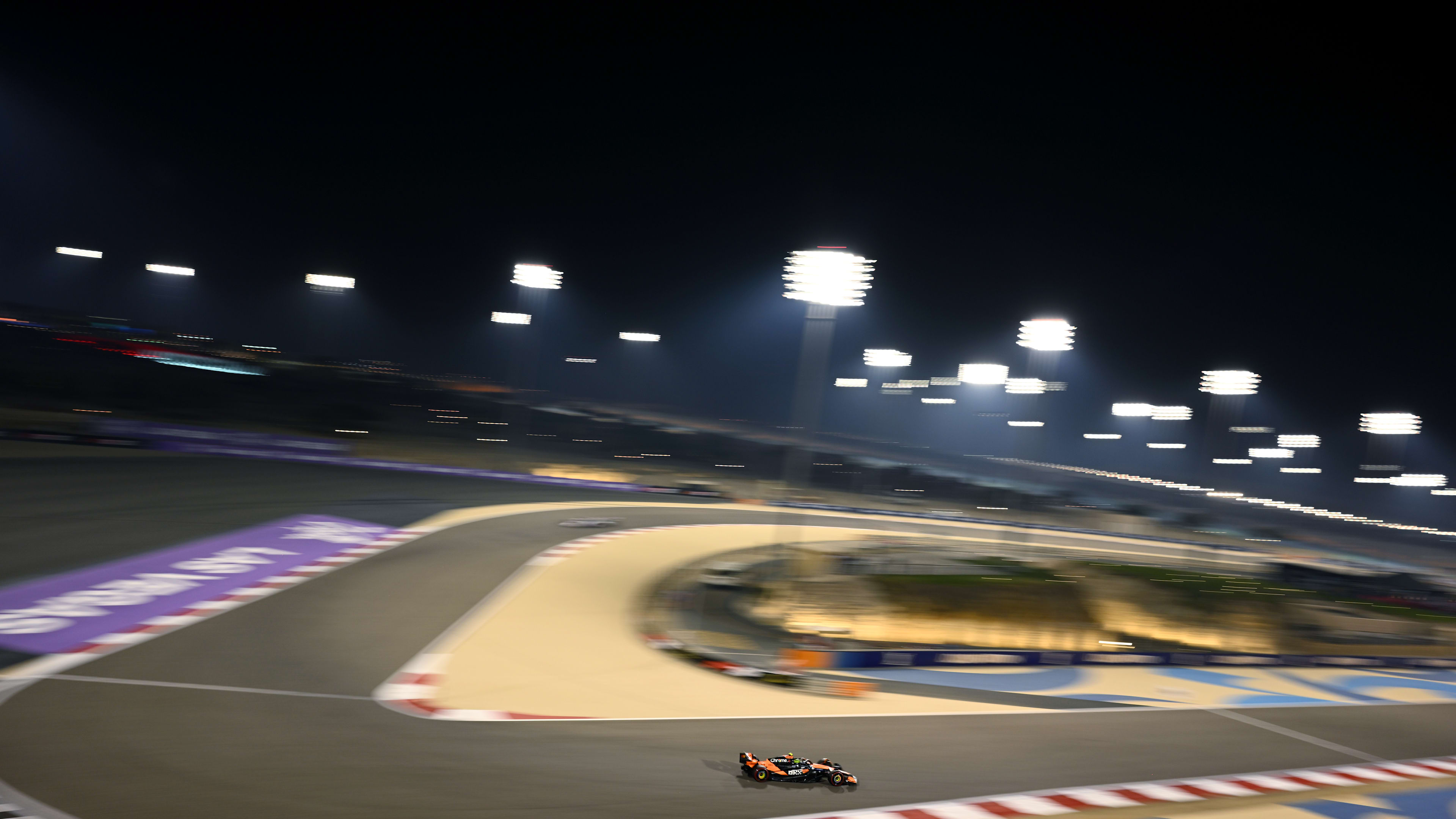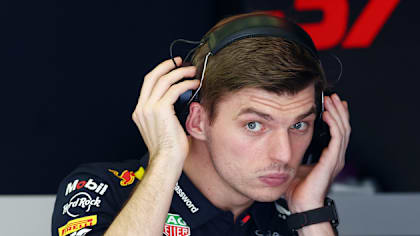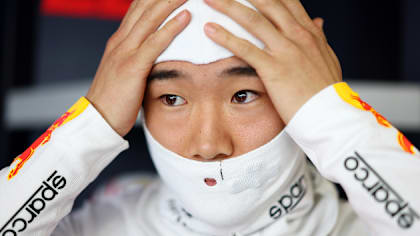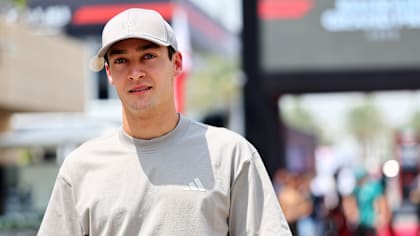
Feature
Wheelbase: the design characteristic that might hurt Mercedes in Monaco
Share

There’s been little to separate Mercedes and Ferrari this year, despite the fact that both teams have adopted very different car design philosophies. But will one of those core differences - the distance between the front and rear wheels - give the Prancing Horse the upper hand in Monaco?
Every Formula One season produces its technical hot topic. It doesn’t have to be a new development (though it frequently is) – it can be merely something that one competitive team has, and another does not. From the F-Duct to FRIC by way of a blown diffuser, this one design detail becomes emblematic of the bigger technical battle for on-track dominance raging non-stop behind the scenes. This year’s popular differentiator isn’t quite so complex as those that have gone before: some cars are simply longer than others.
While the dimensions of a car in front of the front axle and behind the rear axle are largely constrained through the technical regulations, the distance between the two axles – the car's wheelbase – is one of very few external dimensions on a Formula One car not specified in the regs: it can be as long or as short as a team desires, with that decision resting on a number of engineering compromises.
There are pros and cons with both long and short cars – though general consensus is that a short wheelbase may be advantageous on the tighter circuits whereas a longer car could be useful on the faster tracks that come later in the year. Monaco is the first circuit where it’s really likely to matter: will Ferrari, by virtue of having a shorter wheelbase, have an advantage – however small – over Mercedes on the cramped streets of the Principality?
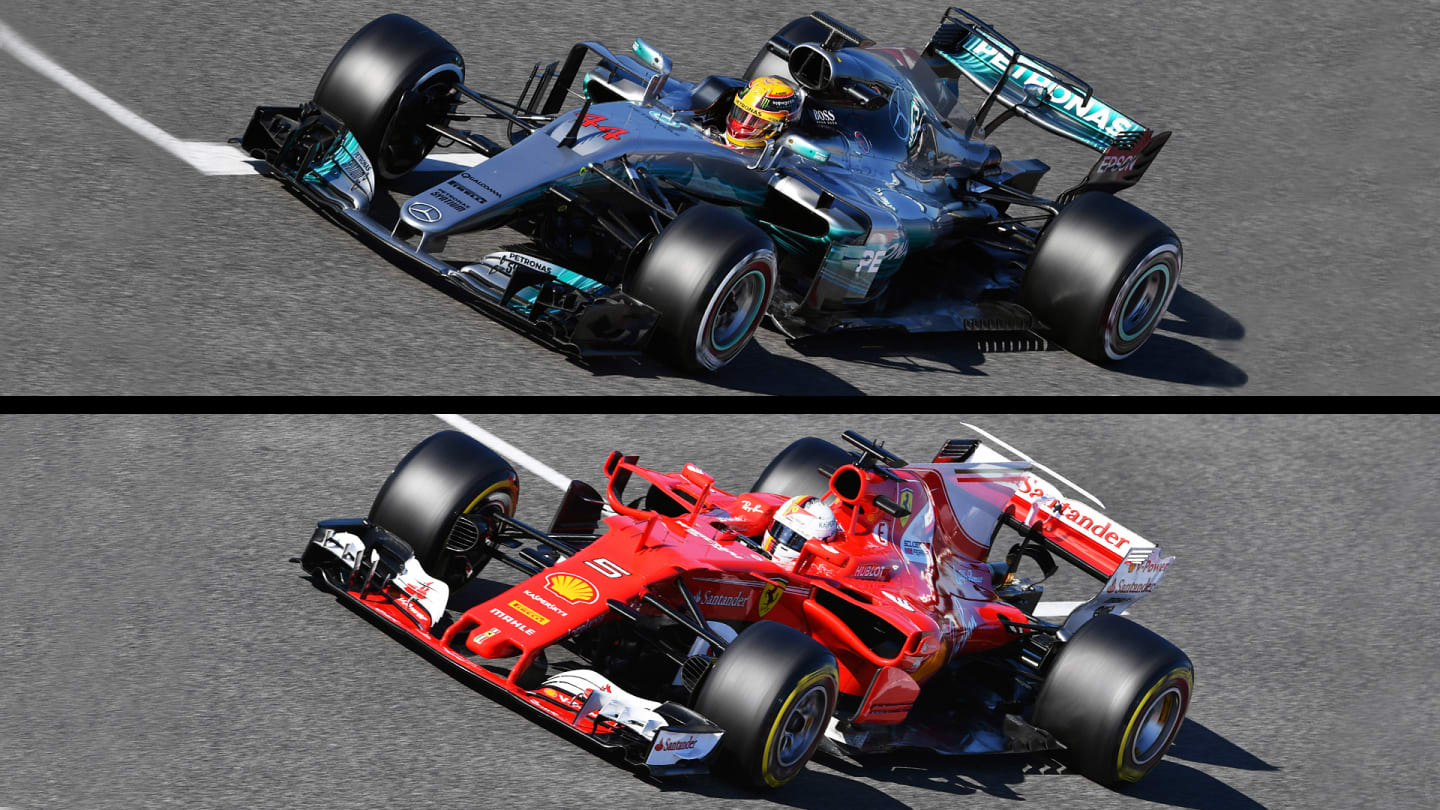
Mercedes' 2017 machine (top) has a wheelbase that's 166mm longer than that of rivals Ferrari. It may not sound like much, but in the tightest of title races, the smallest differences can have a big impact. © Sutton Images
The long and short of it
In itself, the amount of variation in wheelbase isn’t unusual. What does pique the interest, however, is the way in which the spread has developed: faced with a new set of technical regulations, some teams have shortened their wheelbase, while others have lengthened it.
While teams are understandably coy about revealing hard data, the general consensus points to a difference between longest and shortest of about 21cm. In F1 terms that represents a differentiation of engineering philosophy rather than a rounding margin. And the thing that has everyone interested is that one car in particular is absolutely massive.
“From what I’ve seen, I wouldn’t say there’s a huge range – it’s more than there are one or two outliers,” says Williams Chief Technical Officer Paddy Lowe. “Mercedes are the longest, followed by Force India – but a lot of that is probably dictated by designs coming from Mercedes as Force India use Mercedes’ power unit and rear end.
“At Williams, we make our own gearbox, so we’re not tied in like that. I think the rest of the teams are in a similar cluster. Maybe we’re among the shortest, but it’s not a huge range.”
Having had a wheelbase of around 3,500mm for the W07 in 2016, analysis by other teams puts Mercedes’ 2017 W08 at about 3,760mm. At the other end of the scale, Williams’ FW40 comes in at around 3,545mm – around 45mm shorter than their 2016 FW38 – though as mentioned, the disparity everyone is studying most closely is that between Mercedes and Ferrari, with the latter measuring approximately 3,594mm – a full 166mm shorter than its championship rival.

The aerodynamic case for going long…
There are various reasons for choosing a particular length of wheelbase. A team may want a longer car to better package powertrain components, or to work with a design concept for cooling, or aerodynamic efficiency.
Even if the length itself isn’t directly a factor in those considerations, the technical regulations mandate weight distribution within a narrow range, and this may make a team build a car of a certain length to ensure they have all of the characteristics they want, while having a car in compliance on the scales.
According to James Key, technical director of Toro Rosso, any and all of these things will be influencing the variance in wheelbase this year – though he suspects the new aero regulations for 2017, and in particular those relating to the bigger diffuser, are what may be pushing teams to build cars that are longer than usual.
“I think this year the reason we’re seeing a difference with longer cars than we’ve seen before is because the diffuser is more powerful,” he says. “A longer wheelbase can mean more floor area and, in conjunction with the big, sucking diffuser, you can gain a bit more downforce out of it. From the aero point-of-view it’s a slightly more sensitive parameter than maybe it was with the previous regulations.”
…but why you don’t want to ‘build a bus’
The obvious problem with designing a longer car is that F1 circuits occasionally feature very tight corners, which imposes certain restrictions on designers.
“From the vehicle dynamics point of view, it’s a limitation,” concedes Key. “The shorter you are, the smaller steering angle you require and vice versa.
“I don’t think anyone is anywhere near the ultimate limitation – if you built an F1 car with a bus-sized wheelbase you would struggle to get the steering angle you need to get the car around the corner – but even without being near the limit, there are tiny compromises in low-speed corners, particularly the hairpin in Monaco – but also around Rascasse and the hairpins at the Circuit Gilles-Villeneuve and Hockenheim.
“You would have to go some way with wheelbase before you got serious detrimental effects – but there are small effects in there that you monitor as you go.”
The flip side of argument is that, while a longer wheelbase may be detrimental for steering in low-speed corners, it has advantages for stability. Key explains: “if you have a longer wheelbase, you can build a biggest stability margin into your car because you’ve got bigger moments [the turning effect of a force] at play to try to keep it aligned with the direction that you’re trying to go in, particularly under braking, when you have a ‘weathercock effect’ with the two axles: if they’re close together, any instability you have is reacted by a much smaller moment arm.”
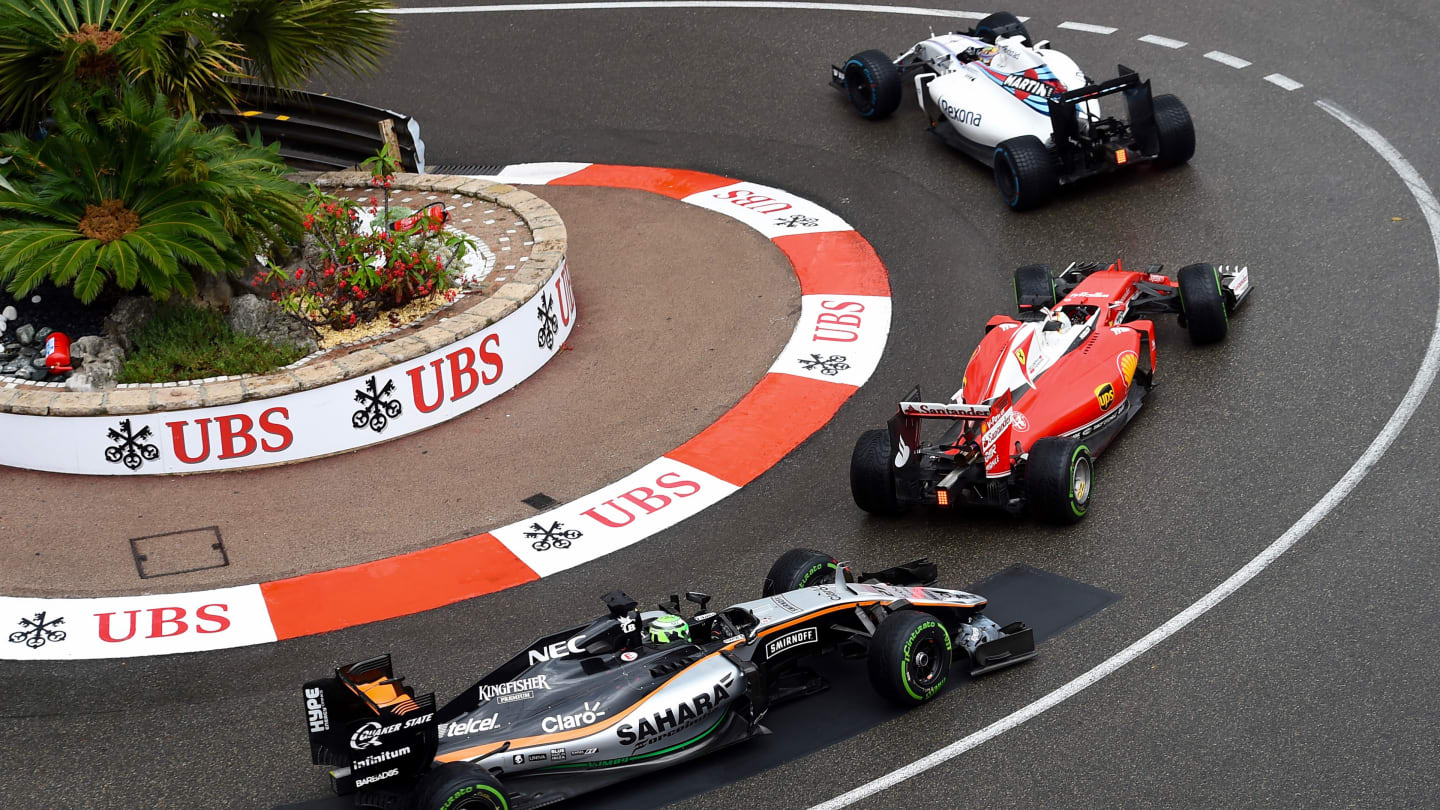
With a long wheelbase car, corners like Monaco's infamously tight hairpin become much harder to negotiate. The trade-off is that they are more stable in high-speed corners. © Sutton Images
Piling on the pounds
While aerodynamics and vehicle dynamics are directly affected by wheelbase, another aspect of the car affected is weight: longer sections of chassis, gearbox etc., obviously require more material – but the weight gain is more than simply adding length as the longer sections are often also required to be thicker.
Paddy Lowe explains: “Obviously, the car is heavier by the slice you’ve created somewhere – but then you have to throw more weight at the system if you want to achieve a given stiffness level, both in terms of bending and torsional rigidity.”
This certainly seems to be borne out by Mercedes’ acknowledged struggle to get their car down to a target weight, as referenced by Lewis Hamilton in Spain, where he revealed that he is currently foregoing a drinks bottle in the car in an effort to reduce weight.
Getting circuit specific
So, a longer car is liable to be more stable, and perhaps has slightly more downforce, versus a shorter car that is more nimble in low-speed corners and, in a season when teams are struggling to hit the minimum weight limit, less likely to suffer a weight penalty.
Both Lowe and Key are keen to stress that the differences are minimal – but F1 is a sport built on the accumulation of minimal advantages.
“As an engineer, if you could afford to have wheelbase as a set-up change, you’d use it!” says Key. “You can’t – it would be enormously expensive and incredibly complicated – but there would be a small gain and at the moment in the midfield, half a tenth is making a difference in qualifying.
“You’d take a long-wheelbase car to places like Spa and Silverstone to get a couple of benefits for braking and maybe high-speed corners. The shorter cars have slightly more manoeuvrability in low speed and so in places like Singapore, Hungary and, of course, Monaco, you’d want a shorter one.”
Lewis Hamilton neatly summed-up the situation after the Chinese Grand Prix, saying: “Our car is longer, so when we get to Monaco I don’t know how I’m going to get my car around some of those very, very tight corners. Then at the longer, faster circuits like Suzuka, I think we’re going to be in a real strong position.”
The question is: will Lewis be proved right?
Wheelbase data compiled by Auto Motor und Sport
YOU MIGHT ALSO LIKE
News ‘We’re just too slow’ – Verstappen not happy as he reflects on ‘massive’ gap to McLaren in Bahrain FP2
News ‘It’s like a science room’ – Tsunoda shares the challenge of getting to grips with Red Bull’s RB21
News Kick Sauber drivers expect ‘a lot of good things’ from new team boss Wheatley as former Red Bull chief settles in
News Russell believes Mercedes ‘fighting for the next best’ position behind McLaren in Bahrain
